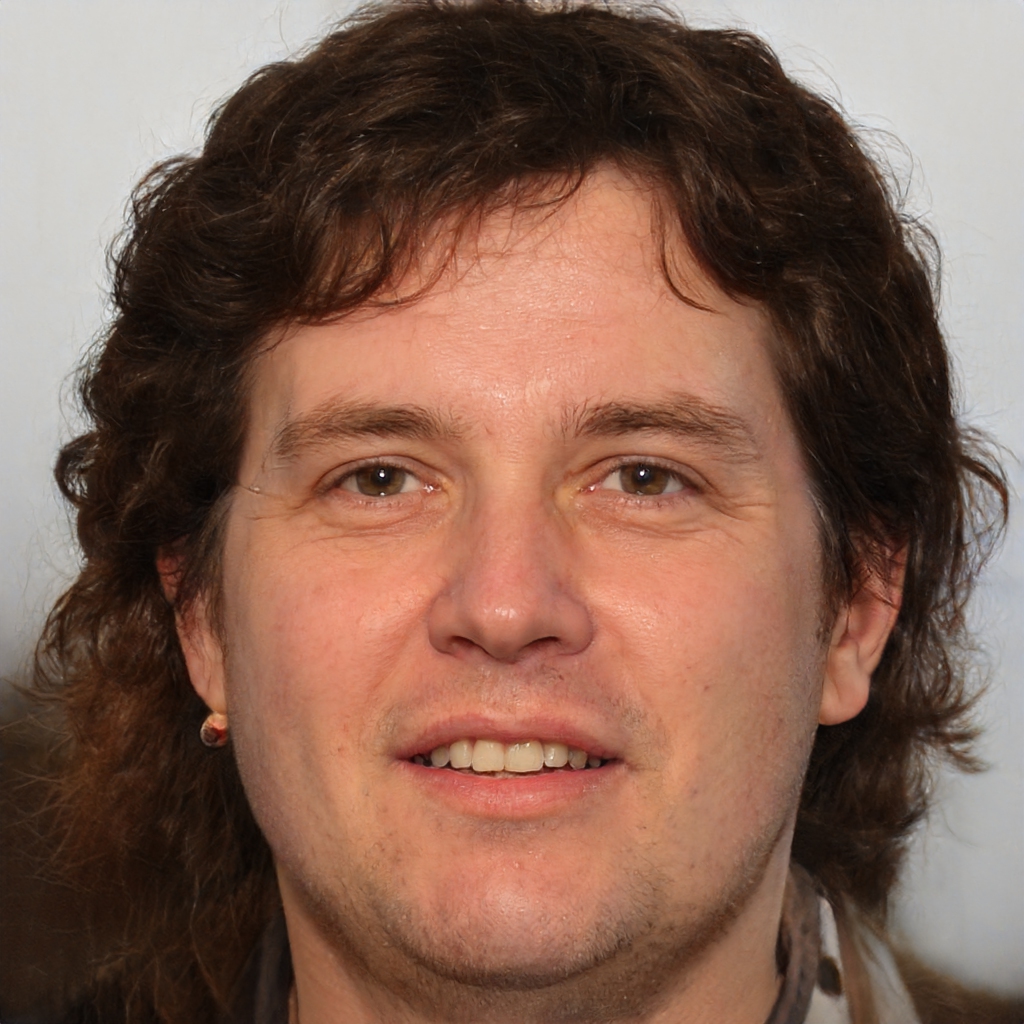In just a few days, by March 8, 2022, all TV broadcasters will have to change codec: here is who will have to change TV
Tuesday, March 8, 2022, is Women's Day but also Mpeg 4 codec: by this date, in fact, all national and local TV broadcasters transmitting on Digital Terrestrial will have to do so with the new codec, the same to which about fifteen RAI and Mediaset channels have recently switched. Will this be a problem for viewers? For most of them no, but for some yes.
The novelty, formalized by the Ministry of Economic Development in the schedule of the switch off to DVB-T2 digital terrestrial discussed with TV publishers, is to be added to that already announced of the "refarming" of frequencies and, to tell the truth, from a technical point of view there is nothing at all to be surprised about. Although many people may find these terms and decisions incomprehensible, in fact, everything is consistent and the farewell to the Mpeg 2 codec in favor of Mpeg 4 was already foreseen. Only now there is a date, mandatory, by which all TV broadcasters will have to adapt. In order to understand the reason of this news, however, we must first understand the other (refarming). Let's clarify.
DVB-T2: on January 3rd the refarming in Northern Italy
The first novelty, which we have already announced in the last few days, concerns the so-called "refarming" of frequencies in the Regions of Northern Italy. Starting from that date, and until mid-March 2022, the broadcasters of 8 Italian Regions will have to free all the frequencies they are using today within the 700 MHz band.
These frequencies have already been assigned to the telephone operators, who at the end of 2018 paid 6.5 billion to the State to have them and who will use them for the 5G network. The refarming is already finished in Sardinia, it will be done by mid-March in Northern Italy (here is the full schedule) and by the end of June in the rest of the country.
At the end of refarming there will be far fewer frequencies available to broadcast Digital Terrestrial channels, because those at 700 MHz will no longer be usable by publishers. Therefore, it is necessary to broadcast more channels on fewer frequencies and this will be possible (at least in part) by switching to Mpeg 4.
DVB-T2: on March 8, we will switch to Mpeg4
The majority of TV broadcasters today transmit the audio/video stream compressed with the Mpeg2 standard, introduced in Italy at the time of the transition from analogue to digital TV. At that time this codec was fine, because there was no HD and all frequencies were available.
Now this is no longer the case, because some frequencies are about to become unavailable and all channels, sooner or later, will become high-resolution. And, as we know, an HD video stream is much heavier than an SD one, i.e. at standard resolution.
The Mpeg4 codec (compared to the old Mpeg2) allows to transmit almost twice as many channels on the same number of frequencies, or the same number of channels but with a much higher audio and video quality.
Since frequencies are about to decrease, the first option has been chosen: on fewer frequencies more channels will be transmitted, thanks to the change from Mpeg2 to Mpeg4.
DVB-T2: who will have to change television
From theory to practice: who will have problems because of these two great innovations, which will arrive almost simultaneously at the beginning of 2022? Will anyone have to change television or decoder?
Most likely, given the recent replacement of hundreds of thousands of old TV sets in recent weeks, very few will have problems. However, it is possible to know if, with the changeover to Mpeg 4, you will have to change equipment by doing a quick test: just try to watch one of the many HD channels already broadcast on digital terrestrial. For example, RAI 1 HD (channel 501) or Canale 5 HD (channel 505).
As all HD channels are broadcast in Mpeg 4 (but not all channels broadcast in Mpeg4 are HD), if you can see RAI 1 HD and Canale 5 HD today, then there will be no problems even after 8 March.
DVB-T2: the Simulcast parachute
The Ministry of Economic Development, at the request of publishers who risk losing viewers, has granted them a bridge option until December 31, 2022: they will have to switch to the Mpeg4 codec for all channels, but they will be able to do so in "Simulcast".
Simulcast means that the same audio/video broadcast will be sent, simultaneously, with two different codecs on two different channels. Therefore, those who do not have a television set or a decoder capable of displaying Mpeg4 programs will be able to continue to do so (if the publisher chooses to simulcast) by tuning the second channel in Mpeg2.
However, it is very likely that these "parachute" channels will be placed at the bottom of the channel list, after 500, because the official channel of the broadcaster (the one entitled to the LCN number) will have to be the one in Mpeg4.
